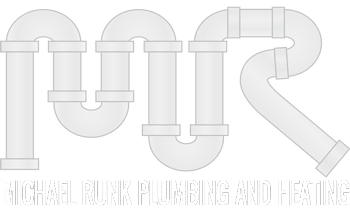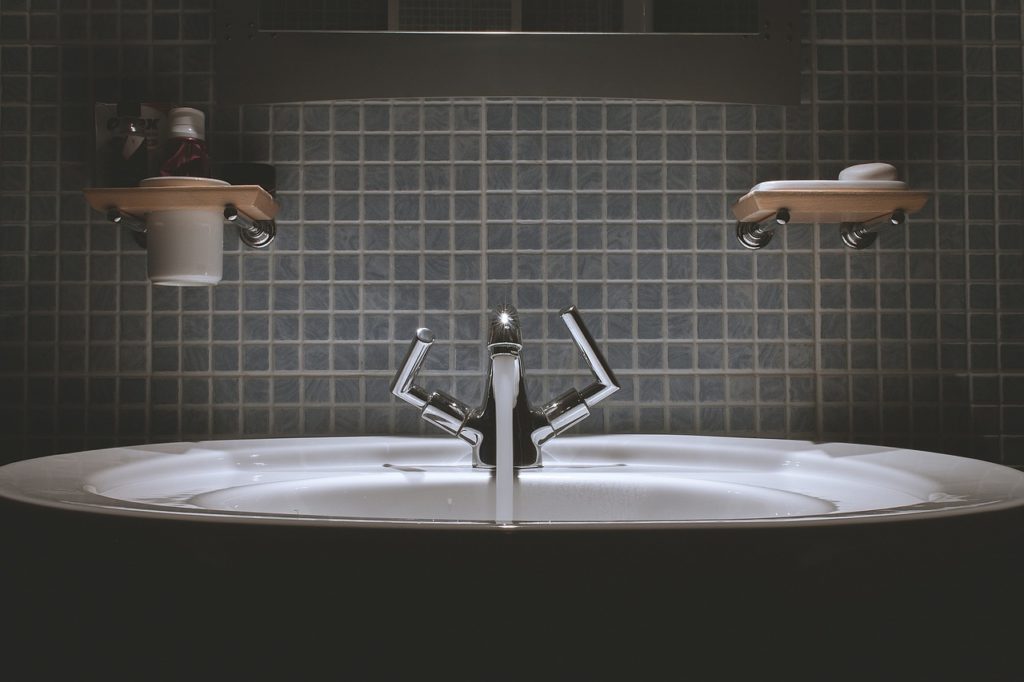Backflow of water is an undesirable and sometimes dangerous occurrence that sewer and other water supply systems are susceptible to. The reversal of water flow can cause contamination and pollution of the water you use in your home for everyday activities such as drinking, showering, and cooking. Non-potable water contains dirt and other contaminants that can be transferred from a public water system to a consumer’s potable water system if backflow occurs.
Types of Backflow
Back-siphonage occurs when there is a negative pressure in a potable or non-potable water system. Undesirable materials are pulled into the system in a vacuum motion. Much like when you drink a beverage through a straw, a suction occurs, which reduces the pressure of the fluid in the straw and causes the liquid to be pulled from the cup, through the straw, and into the mouth.
Back-Pressure Backflow occurs when downstream pressure is greater than upstream pressure and can occur in a public water system (non-potable) or in a consumer’s water system (potable). In this case, undesirable material is being pushed into the system. Visualize blowing bubbles (air) into a cup of water through a straw. Now imagine the air is actually natural gas or another unwanted material – these contaminants are forced into the water system and can flow to the system that directly delivers water to your home.
Types of Backflow Preventers
Pressure Vacuum Breaker (PVB) – These assemblies are the most commonly used in backflow prevention. PVBs contain a pressure vacuum breaker and a shutoff valve that make them the best choice for preventing back-siphonage. However, this type of assembly is only for preventing this type of backflow and will not be effective in places where back-pressure is present or a threat.
Reduced Pressure Zone (RPZ) – These assemblies are very complex in their design and can be expensive, but are the most reliable and secure backflow prevention devices available. RPZs are obtainable in different configurations for both underground and above ground installation, and protect against both back-pressure backflow and back-siphonage.
Double Check Assembly (DCA) – DCAs are best suited for indoor and underground installations. They consist of two spring-loaded check valves and shutoff valves on either end of the assembly. Double check assemblies are effective in preventing both back-pressure backflow and back-siphonage, but are not recommended for use in isolating hazards specific to health.
Atmospheric Vacuum Breaker (AVB) – Like PVBs, atmospheric vacuum breaker assemblies are simply designed and are not recommended for use in systems where backpressure is present. They are best for use with one or two zone irrigation systems, but are not very reliable in other instances.
Unwanted materials can be entering your water system and contaminating the water you use daily in your home. Michael Runk Plumbing & Heating specializes in all types of plumbing services, including Maryland sewer services and backflow prevention. To learn more about backflow prevention and what we can do to help, contact our professionals today!

